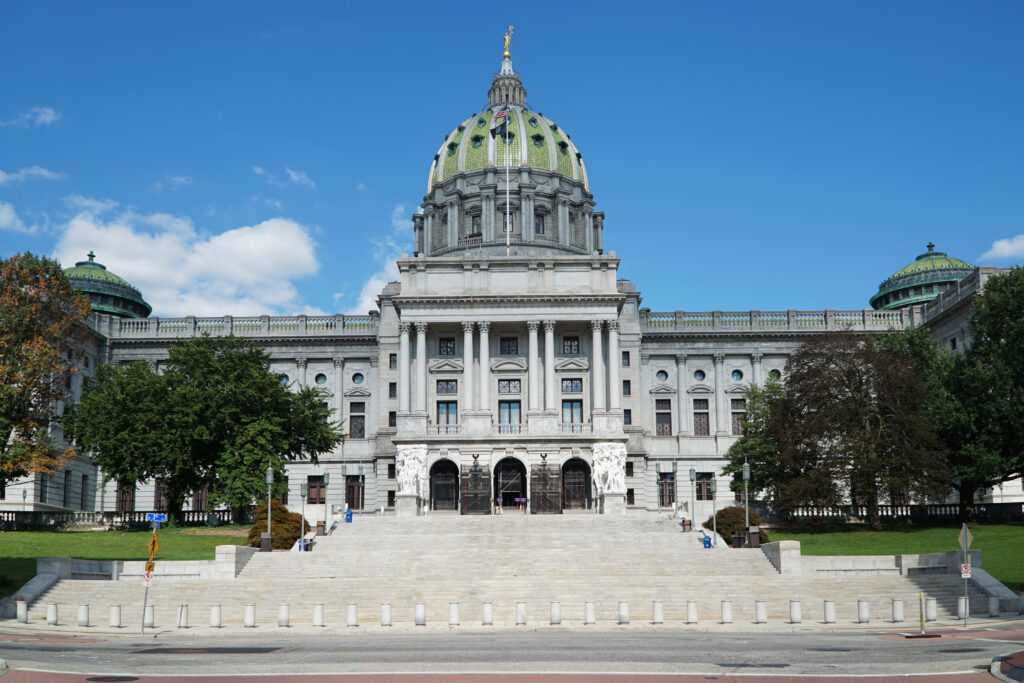As the Capitol returns to normal—sort of—lawmakers find themselves with a huge surplus. Senior VP Kurt Knaus forecasts some unique budget debates.

Pennsylvania’s budget debate is an annual rite of passage. The administration and members of legislative leadership rush to negotiate and craft a final spending plan before the Fourth of July holiday begins. It’s basically the same thing every year.
But this is the second consecutive June that looks different from all the others in the past.
Last fiscal year, the state confronted the worst economic crisis in modern times as the global pandemic caused by COVID-19 raged, leading to controversial stay-at-home orders to ensure public safety, forcing the closure of non-essential business, and pushing unemployment to record levels.
In 2020, the state adopted a two-part budget. The first part was approved in May, allocating $25.8 billion and shutting down the legislative session in June, usually the busiest month of the year. This gave the state time to wait for federal relief. The second part, totaling $11 billion, was passed in November, funding state operations through the remainder of the 2020-21 fiscal year.
Through it all, the Capitol complex remained closed to the public, lawmakers voted virtually, and the usual rallies and news conferences that champion budget and policy causes were mostly silenced.
Sure, this year is starting to look a little more normal, but it’s hardly the same.
The governor has returned to his Capitol office. Lawmakers are back, for the most part, and fewer people are teleworking. Lobbyists and visitors are walking the hallways. The interior of the Capitol remains closed to rallies, but there is still plenty of space to gather outside to push your cause.
The biggest difference this year — the one issue that makes this June unlike so many before it — is the money.
According to the Department of Revenue, Pennsylvania is nearly $3 billion overestimates for the year as of June 1, with a full month of collections still to go. With vaccinations ramping up and residents tired of being locked down, the state experienced higher-than-expected returns on nearly every type of tax it levies.
That’s right, Pennsylvania has a surplus—a big one. But that’s not all. Those state revenues are separate from the $7.3 billion in federal stimulus funding, meaning lawmakers and the administration have more than $10 billion in extra cash to use to craft a budget blueprint for the 2021-22 fiscal year that begins July 1.

For now, however, most of the chants coming from Harrisburg aren’t so much about where to cut, as is usually the case, but rather where to spend all this money. And that’s what makes this budget season a summer to remember.

Kurt Knaus is the Senior Vice President in Ceisler Media’s Harrisburg office.



